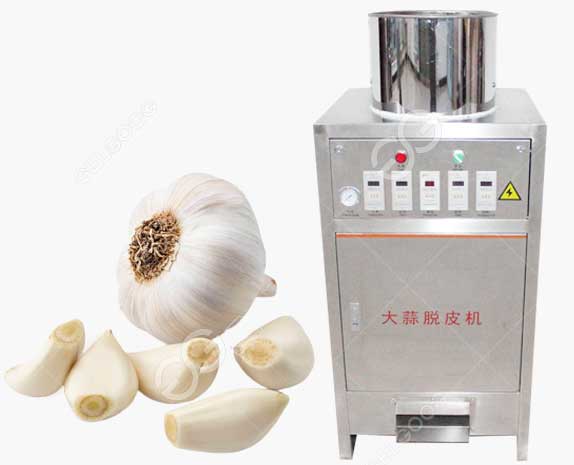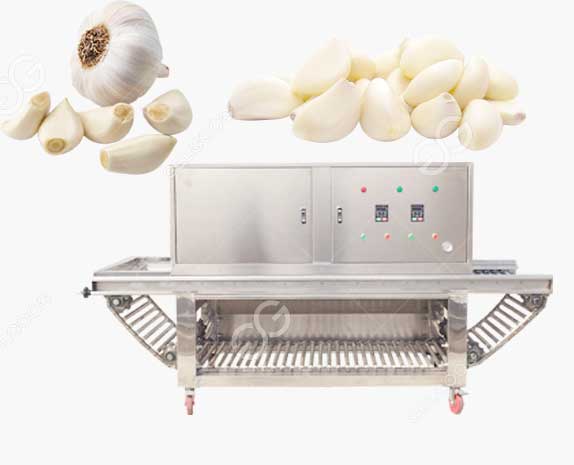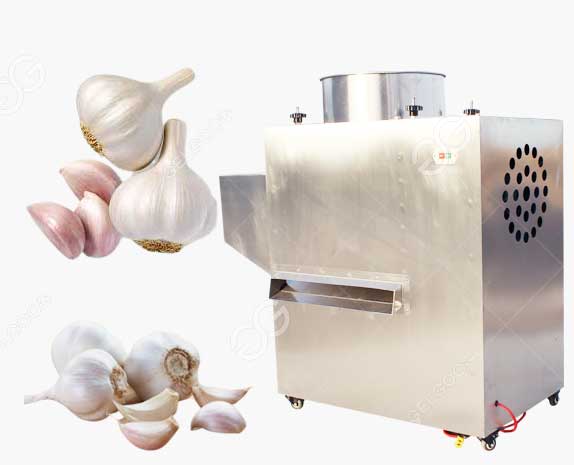Mango is one of the famous tropical fruits. Mango fruit contains sugar, protein, and crude fiber. The precursor carotene of vitamin A contained in mango is particularly high, which is rare among all fruits. Secondly, the vitamin C content is not low. Minerals, proteins, fats, sugars, etc. are also its main nutrients. It can be used to make fruit juice, jam, canned food, pickles, hot and sour pickles, mango milk powder, candied fruit, etc.
1) Process flow: raw material selection--cleaning--peeling and slicing--color protection treatment--drying--packaging;
2) How to dry mangoes:
Raw material selection - Ripe and fresh mangoes are very suitable for processing and have a good color. First of all, the meat quality and fatness can improve the yield. A maturity of 8-9 is suitable. If the maturity is low, the color and flavor of the mango will be poor, and if it is ripe, it will rot easily.
Cleaning - Pour the mangoes into the flowing water tank to clean them one by one, further delete unqualified fruits, and finally put them in plastic baskets according to size, and drain the water.
Peeling and slicing—manually peel off the outer skin with a stainless steel knife, repair the spots, and require the surface to be smooth without obvious water chestnuts. The outer skin must be removed, because the peel contains more tannins, if it is not removed, browning will easily occur during processing, which will affect the color of the finished product. The peeled fruit is sliced longitudinally with a sharp knife, with a thickness of 6-10mm, and the pit with residual pulp can be sent to beating for juice making.
Color protection treatment - adopt the method of sulfur fumigation or sulfur soaking.
Drying - Put the raw materials after the color protection treatment evenly on the drying rack (drain the water first for the sulfur soaking treatment), and put them in the oven to dry. The initial temperature is controlled at 70~75°C, and the later stage is controlled at 60~65°C. Pay attention to operations such as flipping and rewetting during the drying process.
Packaging - When the moisture content of the product reaches the drying requirement, generally around 15%~18%, put the product in an airtight container and let it soften for about 2~3 days, so that the moisture content of each part is balanced and the texture is soft. Conveniently packed.
3) Quality standard: It is yellow or orange-red, uniform in size and thickness, has a strong mango flavor, and has a water content of 15% to 18%.



